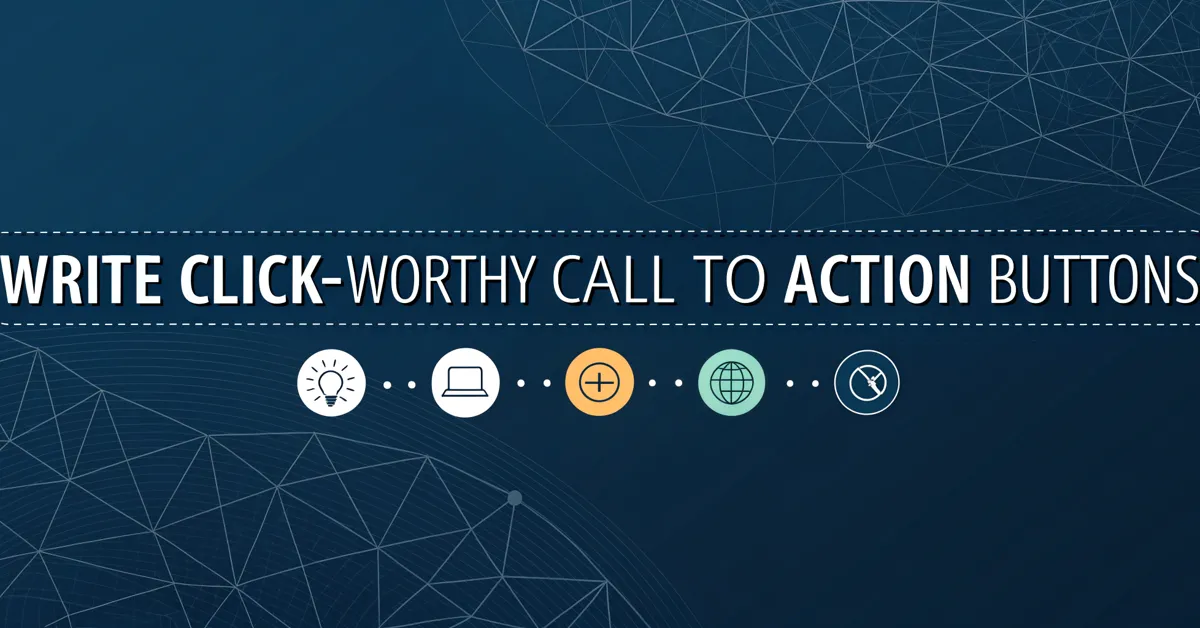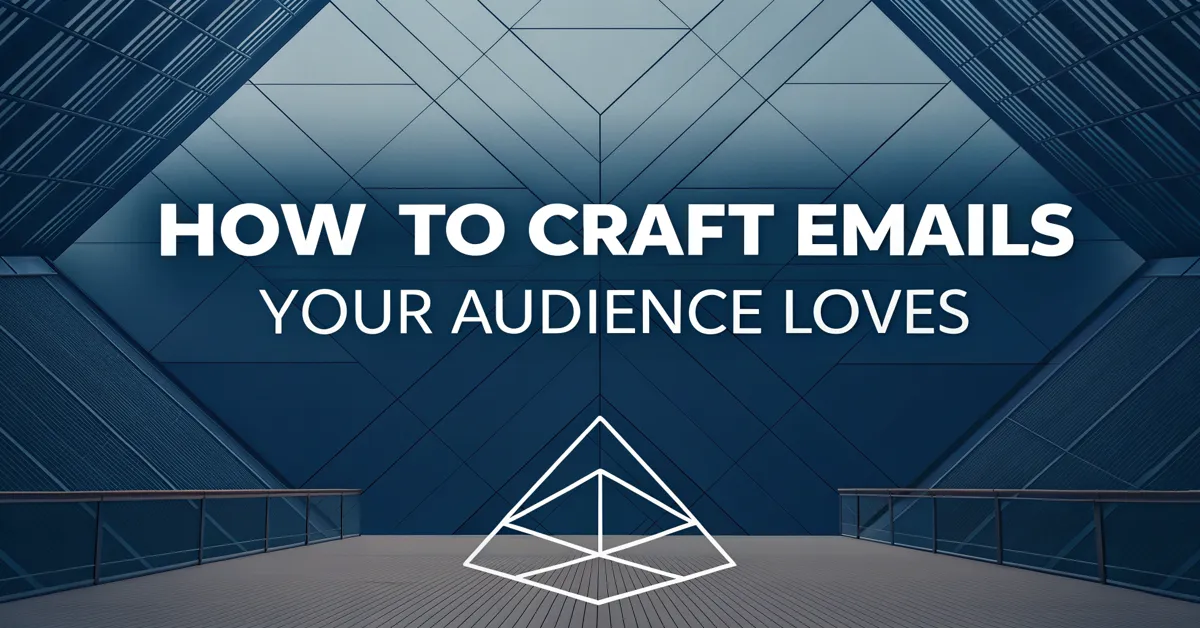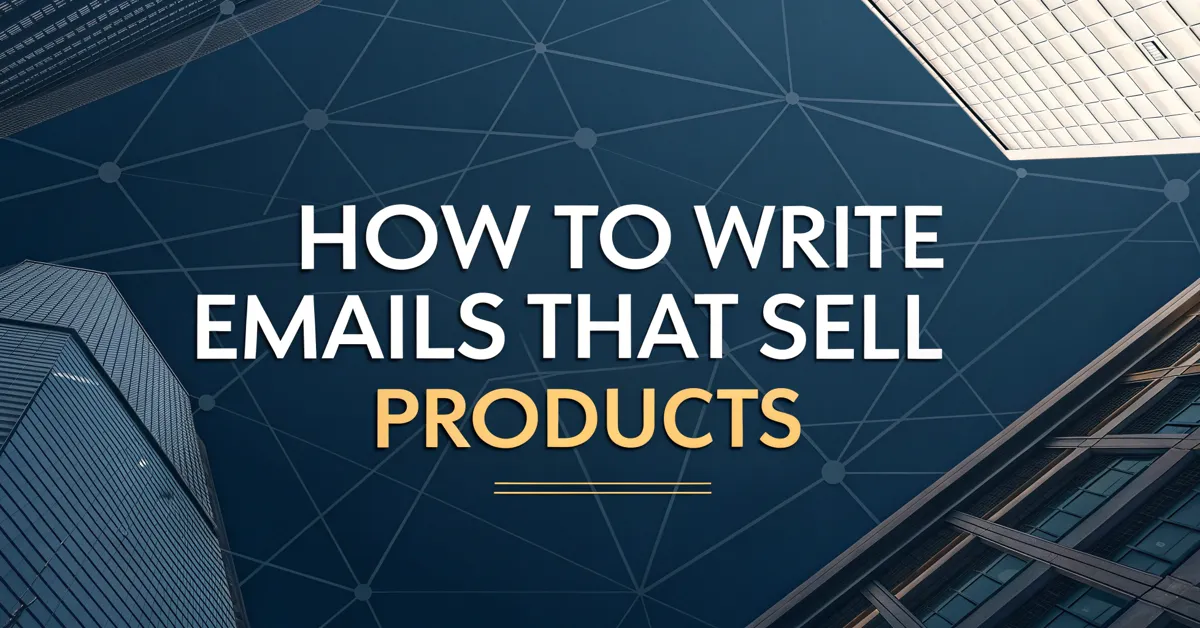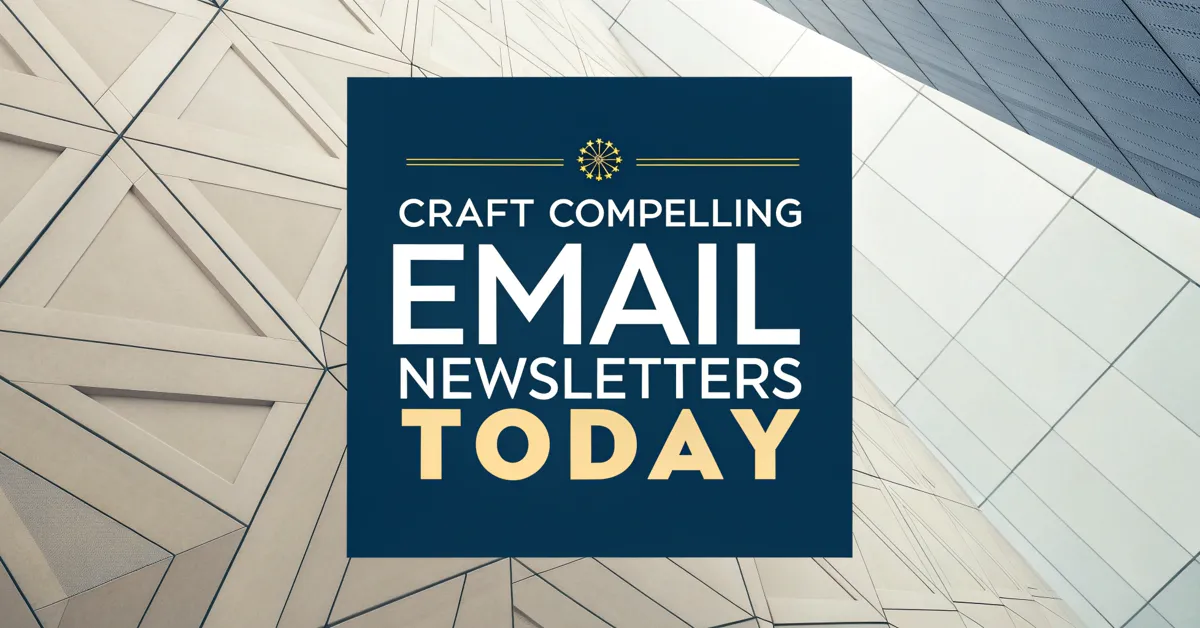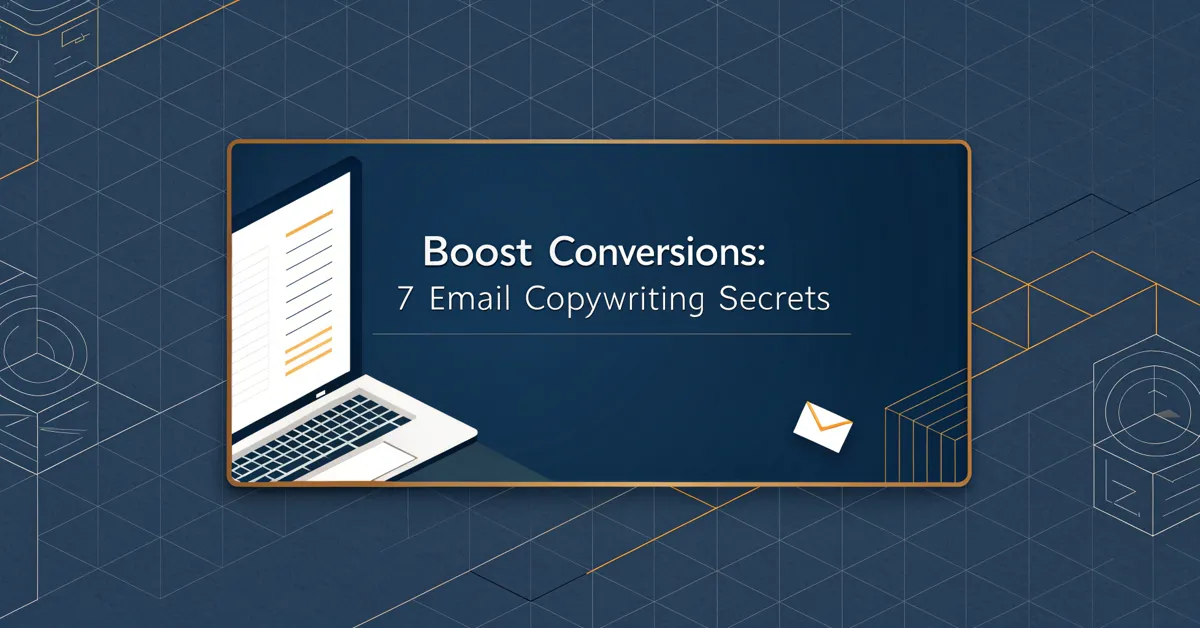Have you ever felt like your email call to action buttons are just… there? Like they’re not really doing their job? It’s a common issue. Many marketers and copywriters struggle to create call to action buttons that truly get people to click. A dull, uninspired call to action will sink your email. But it does not have to be this way. There is a way to write call to action buttons that not only draw the eye but also drive action, and it all starts with understanding what makes a call to action button truly click-worthy.
What Makes Call to Action Buttons Click-Worthy?
A click-worthy call to action button does not happen by chance. It’s the sum of carefully chosen elements. From the words used, to the color and shape of the button, every aspect can influence the reader. Here are the core traits that make call to action buttons work:
- Clarity: The text on the button should be direct. Readers should know exactly what will happen when they click.
- Urgency: A sense of urgency can inspire readers to act now instead of later.
- Value: Call to action buttons should hint at the value the reader will get. What benefit awaits them after clicking?
- Design: The button’s appearance (color, size, and shape) should make it stand out and be user-friendly.
- Placement: The button should be easy to find. It should be placed where it naturally fits in the email design.
By combining these elements, you can make call to action buttons that are both appealing and effective. Let’s go into each of these traits in more detail.
Clarity: Say What You Mean
Clarity is key to all good call to action buttons. If readers do not know what they’re getting, they won’t click. A call to action must speak to the reader in a way they understand, free from jargon. The words must be precise and to the point.
A clear call to action button leaves no room for doubt. It should answer a simple question: what will happen if I click this? Use active, action-oriented language to tell people what to expect next.
Here are some examples of clear call to action buttons:
- “Shop Now”: Tells the user they will be taken to a page to browse and buy items.
- “Download the Guide”: Sets the user’s expectation to download the resource.
- “Start Your Free Trial”: Makes it clear the user will start a free trial period.
- “Get My Discount”: Informs the user that they will receive a discount after clicking.
- “Read the Full Article”: Lets the user know they will be able to read the entire article if they click.
These call to action buttons are clear because they say what will happen when they are clicked. They use direct and simple words. This means they are easy to understand. When your readers see them, they know exactly what awaits them if they click.
Urgency: Act Now
Urgency is a strong tool when it comes to call to action buttons. When people feel they might miss out, they tend to take action now, rather than later. Urgency creates a sense of time sensitivity, and it gets people to click faster.
There are a number of ways to create urgency:
- Time Limits: Use phrases that mention limited time offers. For example, “Offer ends tonight.”
- Scarcity: Use words to highlight that there is a limited quantity. For example, “Only 10 spots left.”
- Direct Commands: Use phrases that tell people to act now. For example, “Act now” or “Claim your discount today.”
- Deadlines: Set a date. Let people know when the deal will end. For example, “Sale ends on June 20th.”
- Exclusivity: Make people feel special. For example, “Exclusive offer for subscribers.”
Urgency is effective but be sure you use it with care. If overused, it can lead to distrust, and it can even be seen as spammy. Try to use urgency in the right context. Do it when there really is a limited time offer. Do it when there truly is a limited number of products. Try to only use urgency when it feels genuine.
Here are some examples of call to action buttons that use urgency:
- “Shop the Sale Before It’s Over” The use of “before it’s over” brings in a sense of time sensitivity.
- “Claim Your Exclusive Deal Now” The combination of “exclusive” and “now” make it seem time sensitive and special.
- “Book Your Spot, They’re Going Fast” Here, the reader feels that if they don’t act quickly, they may miss out.
- “Limited Stock – Buy Now!” The “Limited stock” portion lets the reader know that the product is close to selling out.
- “Don’t Miss Out, Ends Tonight” The phrase “Don’t miss out” adds to the time-sensitive appeal of this call to action.
The effective use of urgency can make people want to click more. But again, only do it when it’s real, and not simply to trick the reader.
Value: What’s In It For Them?
People want to know what they will get if they take action. The call to action should point to the value that awaits the reader. Tell people what the benefits are, and they’re much more likely to click. Value can be a number of things, such as:
- Free resources: Ebooks, guides, webinars, or templates.
- Discounts: Sales, coupons, or special deals.
- Exclusive access: Early access to sales, content, or products.
- Solutions: Answers to a problem the user has.
- Opportunities: Chances to improve their lives or businesses.
Your call to action button should be a direct reflection of the offer. It must point to what people will gain by clicking.
Here are some examples of call to action buttons that highlight value:
- “Get Your Free Ebook”: This call to action clearly states the user will get something for free.
- “Unlock Discount Codes”: Here the user knows they’ll be able to save money once they click.
- “Join Now & Get Exclusive Content”: The combination of “Join Now” and “Exclusive Content” adds both a sense of community, and it gives the reader the sense they’ll be getting special resources.
- “Start Solving Your Problems”: This call to action promises solutions to users’ pain points.
- “Claim Your Free Trial Today”: The words “free trial” lets users know that they can try the product or service without spending money.
By making the value clear, you increase the user’s chance of clicking. People want to feel that taking an action will be worth it. When you make the value clear to them, it encourages them to take the next step.
Design: Make it Stand Out
The design of the button is very important to its success. A well-designed button will draw the eye, and it will make the user want to click.
Here are a few key points to keep in mind when creating an email call to action button:
- Color: Use colors that stand out from the background. Use colors that fit with your brand and are pleasing to the eye.
- Size: The button should be big enough to be easy to tap on mobile devices, and easy to see on all devices.
- Shape: Rounded edges tend to perform better than sharp corners, but it depends on your brand’s style.
- Text: Use a clear, easy-to-read font. Ensure the color of the text contrasts well with the background of the button.
- Spacing: Make sure the button has enough white space around it. This will make it stand out and will prevent the surrounding text from cluttering it.
Effective design makes a button both beautiful and functional. It makes the user want to click. The visual aspect of your call to action can either draw readers in or make them ignore it. Good design is key to click-worthy call to action buttons.
Placement: Make It Easy to Find
Where you place your call to action button can affect its success. It needs to be easy to find. It must fit naturally into the layout of your email. Readers should never have to look for it.
Here are some key placement tips:
- Above the Fold: Place your button where it’s visible without scrolling. Many people will not scroll, so it is good to have a button that’s easy to see right away.
- Within the Content: Integrate the button in a way that makes sense in the flow of your email. It should be a natural step that feels expected.
- Strategic Spacing: Don’t let it be close to other elements that may take away its visual importance. Make it an element of its own, with space around it to make it stand out.
- Consistency: Place buttons in the same position across all emails for better user habit.
- Mobile-First: Always check how your placement looks on mobile devices. Make sure it’s easy to tap and does not look too small on mobile.
The right placement makes the call to action button noticeable and easy to use. It makes sure it is a natural part of the reader’s experience, guiding them to click. Think of your user as you design the call to action button’s placement.
Words That Convert: The Power of Copy
The words you choose for call to action buttons have a huge impact on their click rate. The right words can make a user want to click. The wrong words may make them ignore your call to action button completely. The key is to use strong, action-oriented language.
Action Verbs
Action verbs are words that show an action, and when used in call to action buttons, they tell users exactly what to do. These words make it clear what will happen next.
Here are some action verbs to use in your call to action button copy:
- Shop: This is great for ecommerce sites when you want people to buy items.
- Download: Use this when you want to provide resources like ebooks and guides.
- Start: Perfect for trials, or when you want someone to start a course.
- Get: When you want people to claim a discount.
- Join: For events, communities, or memberships.
- Learn: For educational material and tutorials.
- Read: Use this when you want people to continue reading an article.
- Claim: Great to use for special offers, discounts, and gifts.
- Book: To reserve something, such as a consultation, appointment, or hotel room.
- Try: To try a free demo of a product or service.
By using action verbs, you make your buttons more engaging. They also tell the user what to expect when they click.
Power Words
Power words are words that stir feelings and make people react. They’re very good at making people click. Here are some power words that can boost your call to action buttons:
- Free: Everyone loves free things. This word is good at making people click.
- Exclusive: This word is great to make people feel special and that they’re getting a deal no one else is.
- New: People like new things. This word will always be effective.
- Limited: Use this to make people act fast because they may miss out.
- Guaranteed: This word makes people trust that there is some sort of security.
- Instant: When you want people to get something right away, this is a great word to use.
- Secret: This can be used to make people curious and want to click.
- Now: This word creates a sense of urgency and tells people to act right away.
- Easy: If you have a service or product that’s very simple to use, this is a great word to use in your call to action button.
- Proven: This is great to use if you have evidence and data to back up the claims you make.
The use of power words will make your call to action buttons more appealing to users. These words capture people’s attention. They motivate them to take the action you want. Use them in a way that makes sense, and that fits your brand’s tone.
Numbers
Numbers work really well in call to action buttons. They are very effective at grabbing people’s attention. Numbers help show the value of the offer in a way that feels clear. They provide clear data points for readers to consider.
Here are some examples of numbers in call to action buttons:
- “Save 25%”: A clear, bold claim that everyone can understand, and is effective at drawing in a user.
- “Get 5 Free Recipes”: Here the user knows exactly what they will get.
- “Book a 30-Minute Demo”: Time is a valuable thing, when you use a number, the reader knows what to expect.
- “Join Over 10,000 Members”: This can be great to build a sense of community and show how popular it is.
- “Try Our 7 Day Free Trial”: The time aspect is made clear, and readers know exactly how long the free trial will be.
Numbers help give your call to action buttons a sense of specificity and clarity. When you use numbers, you are giving the user a clear expectation. This will increase the chances they click on your button.
Button Design: Color, Shape, and Size
The design of your call to action button will greatly affect its success. The visual aspect of your buttons should be thought out. Colors, shapes, and sizes all play a role in making the button appealing and easy to use.
Colors
Color does more than just make a button pretty. Colors have psychological effects on people. The color you pick can affect how people feel and act. The right colors can make people want to click on your call to action button.
Here’s a look at what different colors can mean:
- Red: This color is known for urgency and excitement, and is great for sales and limited time offers.
- Blue: Blue creates trust, and is great for corporate emails and websites.
- Green: This is the color of growth and health. Great for nature related emails, and those that want to promote a sense of wellness.
- Orange: This color is known to be friendly and fun. Great for ecommerce stores.
- Yellow: This color grabs attention. It is great for warnings and discounts.
- Purple: Purple is known to bring a sense of luxury. It is great for high-end products and services.
- Black: This color brings sophistication. It’s great to use in tech emails, and for minimalist brands.
Use colors that match your brand and that stand out. Always make sure the button stands out. The color of the text should contrast with the color of the button to make sure it is easy to read.
Shapes
The shape of your call to action button can make a difference to its success. People react to certain shapes in different ways. Here are a few shapes you can use and what they’re known for:
- Rectangle: Simple and standard, the rectangle works well in any case. It is a reliable shape to use, especially for brands that want to seem straightforward.
- Rounded Rectangle: A softer and friendlier feel than rectangles, with the added sense of modernism.
- Circle: This shape is good for making people click. They also look more modern, especially when paired with a good color.
- Pill Shape: This is another shape that feels modern. It is also good at drawing the eye to the center.
- Square: This shape gives a very strong, solid look.
When you pick the shape for your call to action button, you should take into consideration what your brand’s image is. Use shapes that fit that image, and that also attract the user.
Sizes
The size of your call to action button should also be planned out. The size should make it easy to see, and easy to tap. Always check how it looks on mobile.
Here are a few tips on picking the size for your call to action button:
- Easy to tap on mobile: Make sure your buttons are large enough for people to tap without problems. It should be easy to tap even with larger fingers.
- Visible on desktop: Do not make it so large that it feels out of place on a desktop screen. It must be big, but also a good fit.
- Match the importance: The size of your button should reflect how important the call to action is.
- Balance with the design: The button should not be so big that it throws the email out of balance.
- Use white space: Leave enough space around the button to make sure it stands out.
When you have picked the size of the call to action button, always make sure to test it on both desktop and mobile devices. Make sure it looks great on each screen size. The size of the button must also be appropriate for the text you’ve used. If you have a larger font, the button size should reflect that.
Placement Strategies: Where to Put Your Buttons
The placement of your call to action button can affect how many people click on it. A good call to action button can be ruined by bad placement. Here are some smart placement tips to follow:
Above the Fold
The area “above the fold” is the part of the email that people see first, before they scroll down. Place your most important call to action here. It gives your readers a chance to click on your button even if they do not scroll. This is a great strategy for offers you want to highlight the most.
The placement above the fold makes it easy for people to see right away. It also makes your call to action more effective.
In the Content
Place buttons within the content. Don’t let them appear out of nowhere. They must feel like a natural part of your email’s narrative. Try to put your call to action button after a strong statement. Place it after a point that makes the reader want to click. This method keeps readers engaged and helps them move along the email.
Here are some examples of when to add a call to action button in the email content:
- After explaining a benefit: Once you’ve stated how a product can help them, make it easy to click to learn more.
- After stating a price: Once a reader sees how much they’ll be paying, they should be able to click right away.
- After listing features: When you state what a service or product offers, it is a good time to make the next step easy.
When you use this method, the reader will know why the button is there. It will seem like a natural part of the email content.
At the Bottom
Putting your main call to action at the end of your email can also work. Readers who get to the end of an email may be very engaged. They’re very likely to click if the button is good. This is also a good way to tie all the key points into a clear next step.
By placing your call to action button at the end, you are giving the reader a clear path to follow once they’ve reached the conclusion of your email.
Multiple Buttons
Using multiple call to action buttons can also be effective. This is great when you have long emails that cover a number of points. Use your main call to action above the fold. And include other options further down the email. This method gives your readers a few chances to click. It also allows them to take action when they are most ready to.
Here are a few ways to use multiple call to action buttons:
- Primary and secondary buttons: Your most important button can be larger and more prominent. The other buttons can be smaller and lower down in the email.
- Different types of actions: Your buttons can link to a few different actions. You could have a button for more details and one to buy a product.
- Buttons after every section: After every key point, a call to action button could help to keep them moving along.
If you plan to use more than one button in your email, be sure to space them out well. Make sure they don’t look too cluttered. Each button should be there for a reason.
Testing and Optimization: The Key to Success
No call to action strategy is perfect from the start. Testing and optimization are key to success. This is the best way to learn what works best with your audience.
A/B Testing
A/B testing is when you test two versions of your email and see which one performs better. It’s a great way to find the best button design, copy, and placement.
Here are a few ideas for testing:
- Color: Try different colors to find the best one for your email.
- Text: Try using different words. See which wording gets more clicks.
- Placement: Check if buttons perform better above the fold or lower down the email.
- Shape: Test different button shapes to see what people prefer.
- Size: Test sizes. You may find a slightly larger or smaller button to perform better.
Run A/B tests with different versions of your call to action button. And use the results to make data-driven choices.
Data Analysis
When you run your tests, you will need to look closely at the data. This information will show you what works and what doesn’t.
Here’s what to check when analyzing the data from your tests:
- Click-through rates: This shows how many people clicked on the button from the amount of people who saw it.
- Conversion rates: This will show how many people took the action you wanted once they clicked the button.
- Engagement: See how users interact with your email. Do they look at the button more than other elements?
- Heatmaps: This will show you what parts of the email users looked at the most.
Use all of this data to see what users respond to. Improve based on the performance of each button. If you notice one button perform better than others, try using that type of design and wording for more emails. If a button did not perform well, consider trying something different the next time.
Continuous Improvement
The best thing you can do for your email marketing is to keep improving. Keep testing and optimizing based on your results. You should always be looking for new methods and ideas.
Here are some tips to make this a habit:
- Stay updated: Always follow the latest trends in email design.
- Test frequently: Run A/B tests frequently to see what’s still working and what needs an update.
- Use data: Make decisions based on hard numbers. Avoid trusting your gut too much.
- Be patient: Optimization takes time. Keep at it and you will see progress.
- Keep innovating: Keep trying new things to see if they will work with your audience.
The best thing you can do is to always learn from your results and keep moving forward. The more you analyze and optimize, the more successful your call to action buttons will be.
Best Practices and Examples
Now that you have a solid grasp on what makes click-worthy call to action buttons, let’s go into some real world examples and best practices to guide you.
Clear and Concise Language
Always use simple and direct language in your call to action buttons. Avoid jargon and complicated phrases. Use words that your audience can easily understand.
Example:
- Instead of: “Click here to commence a transaction for our digital product”
- Use: “Buy Now”
Strong Visual Hierarchy
The call to action button should be the most noticeable element in your email. Use color and spacing to guide the eye towards the call to action button. Do not let it get lost within the email design.
Example:
- A large button in a bold color with a lot of white space around it.
Mobile-Friendly Design
More people open emails on mobile than ever before. Your call to action button must work on small screens. Ensure it is big enough to tap, and that it’s well-placed on any phone.
Example:
- A button that takes up a large portion of the phone screen. This will make it hard to miss.
Consistent Branding
Call to action buttons should always match your brand’s style. Use brand colors and fonts to maintain a unified look.
Example:
- A button that uses your brand’s logo, color, font, and style.
Time-Sensitive Offers
Use a call to action button that gives a sense of urgency with phrases like “Limited Time” or “Sale Ends Tonight.”
Example:
- “Get 50% Off, Offer Ends Tonight”
Action-Oriented Language
Always use action verbs to make people take the next step. Use words like “Shop”, “Download,” “Start,” and “Join.”
Example:
- “Start Your Free Trial Now”
Value-Driven Buttons
Use call to action buttons that highlight the benefits for the reader. Use words that show the value they will get after clicking.
Example:
- “Unlock Exclusive Discounts”
Test and Optimize
Always test your call to action buttons. Check what works for your audience. Keep testing your design and wording to keep improving over time.
Example:
- A/B test a button with “Shop Now” and another one with “Buy Now.” Then, check which one worked better.
By following all of these best practices, and always testing your call to action buttons, you’ll be able to create buttons that are as effective as they are good looking. Make it a habit to always test. Always seek out new strategies and ideas. The more you analyze your results, the more successful you will be with your email marketing.
Wrapping Up: Making the Click Count
It’s safe to say that crafting effective call to action buttons is not just about making them look good. It’s also about making them work to make people click. The power of a call to action lies in its ability to draw the eye, inspire action, and provide clear value to the user.
By paying attention to the core details, such as clarity, urgency, design, and placement, you can make call to action buttons that do not just sit there, but actually guide your audience to take the steps you want. Remember to use action-oriented language, powerful words, and to back up your claims with data.
Test everything. Analyze the results. And keep up with all the latest trends. This way you’ll know your call to action buttons are not just buttons, but very strong tools to get people to act. Are you ready to make every click count?
